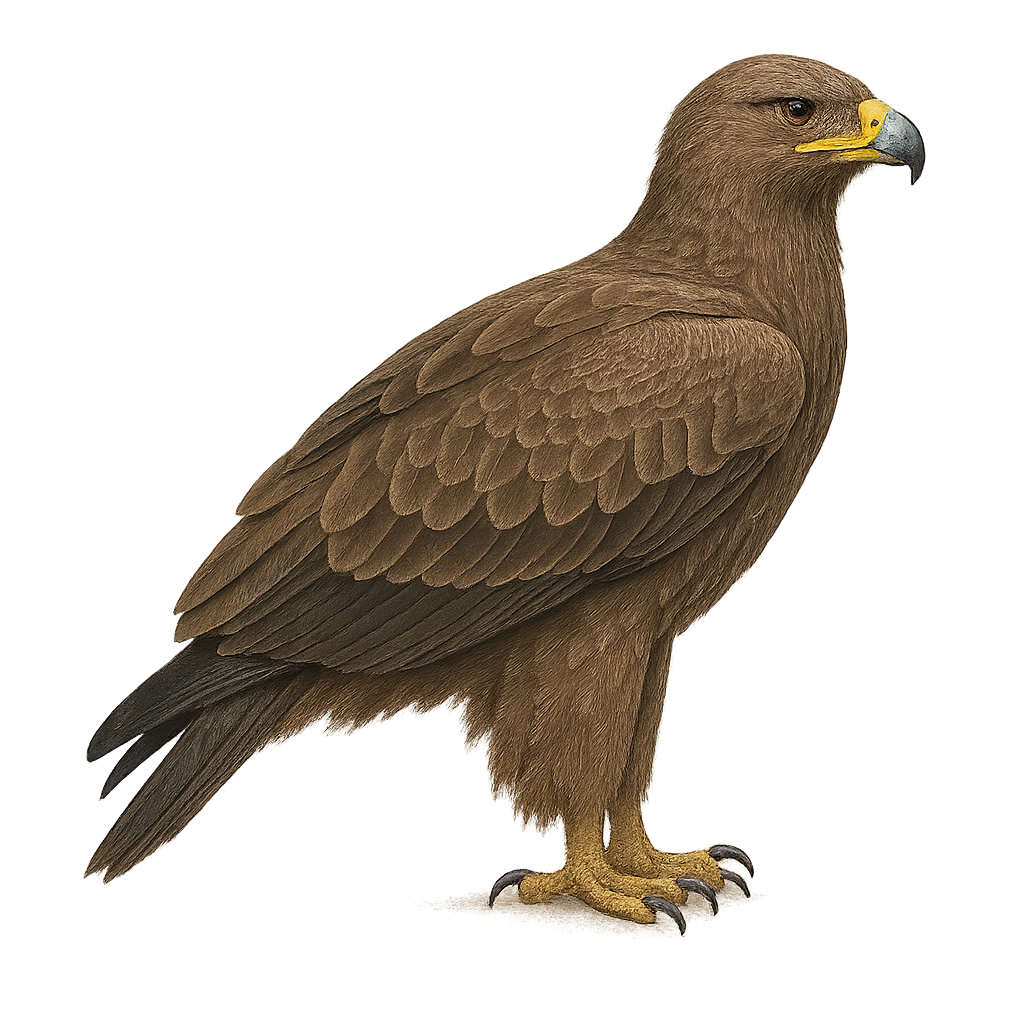Your wildlife photography guide.
Explore the indian spotted eagle in detail, study its behavior, prepare your shots.
Where to observe and photograph the indian spotted eagle in the wild
Learn where and when to spot the indian spotted eagle in the wild, how to identify the species based on distinctive features, and what natural environments it inhabits. The WildlifePhotographer app offers tailored photography tips that reflect the indian spotted eagle’s behavior, helping you capture better wildlife images. Explore the full species profile for key information including description, habitat, active periods, and approach techniques.
Indian Spotted Eagle
Scientific name: Clanga hastata

IUCN Status: Near Threatened
Family: ACCIPITRIDAE
Group: Birds
Sensitivity to human approach: Suspicious
Minimum approach distance: 30 m
Courtship display: November to January
Incubation: 43-45 jours
Hatchings: December to February
Habitat:
Grasslands, agricultural areas, open forests
Activity period :
Primarily active during the day, with peak activity in the morning and late afternoon.
Identification and description:
The Indian Spotted Eagle, or Clanga hastata, is a medium-sized raptor primarily found in the northern plains of India and parts of Southeast Asia. It is characterized by its dark brown plumage with lighter spots and broad, rounded wings. This eagle prefers open habitats such as grasslands and agricultural areas, where it can easily spot its prey. It primarily feeds on small mammals, birds, and reptiles. Although often solitary, it can be seen in small groups during migration. Its population is declining due to habitat loss and pollution.
Recommended lens:
400 mm – adjust based on distance, desired framing (portrait or habitat), and approach conditions.
Photography tips:
To photograph the Indian Spotted Eagle, it is advisable to use a telephoto lens of at least 400mm to capture detailed images from a distance. As this bird is suspicious, it is important to maintain a safe distance of at least 30 meters to avoid disturbing it. Opt for early morning or late afternoon hours to benefit from soft, flattering light. Be patient and discreet, using neutral-colored clothing to blend better into the environment.
The WildlifePhotographer App is coming soon!
Be the first to explore the best nature spots, track rutting seasons, log your observations, and observe more wildlife.
Already 1 432 wildlife lovers subscribed worldwide

